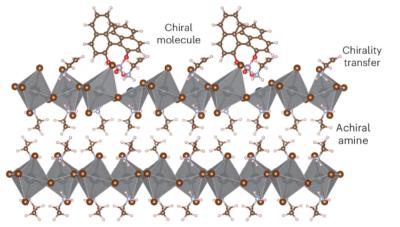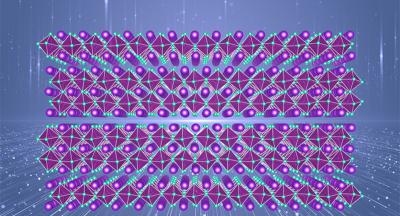New ion doping strategy could improve the spintronic performance of perovskites and help achieve spin-polarized lasers
Spin-polarized lasers have been found superior to conventional lasers in many aspects of both performance and functionality. Hybrid organic-inorganic perovskites are emerging spintronic materials with great potential for advancing spin-polarized laser technology, but the rapid carrier spin relaxation process in hybrid perovskites presents a major bottleneck for spin-polarized lasing. Now, researchers at the Chinese Academy of Sciences (CAS) and Beijing Normal University have identified and successfully suppressed the spin relaxation mechanism in perovskites for the experimental realization of spin-polarized perovskite lasers.
The electron-hole exchange interaction was identified as the decisive spin relaxation mechanism hindering the realization of spin-polarized lasing in perovskite microcrystals. Consequently, an ion doping strategy was employed to introduce a new energy level in perovskites, which enables a long carrier spin lifetime by suppressing the electron-hole exchange interaction.







